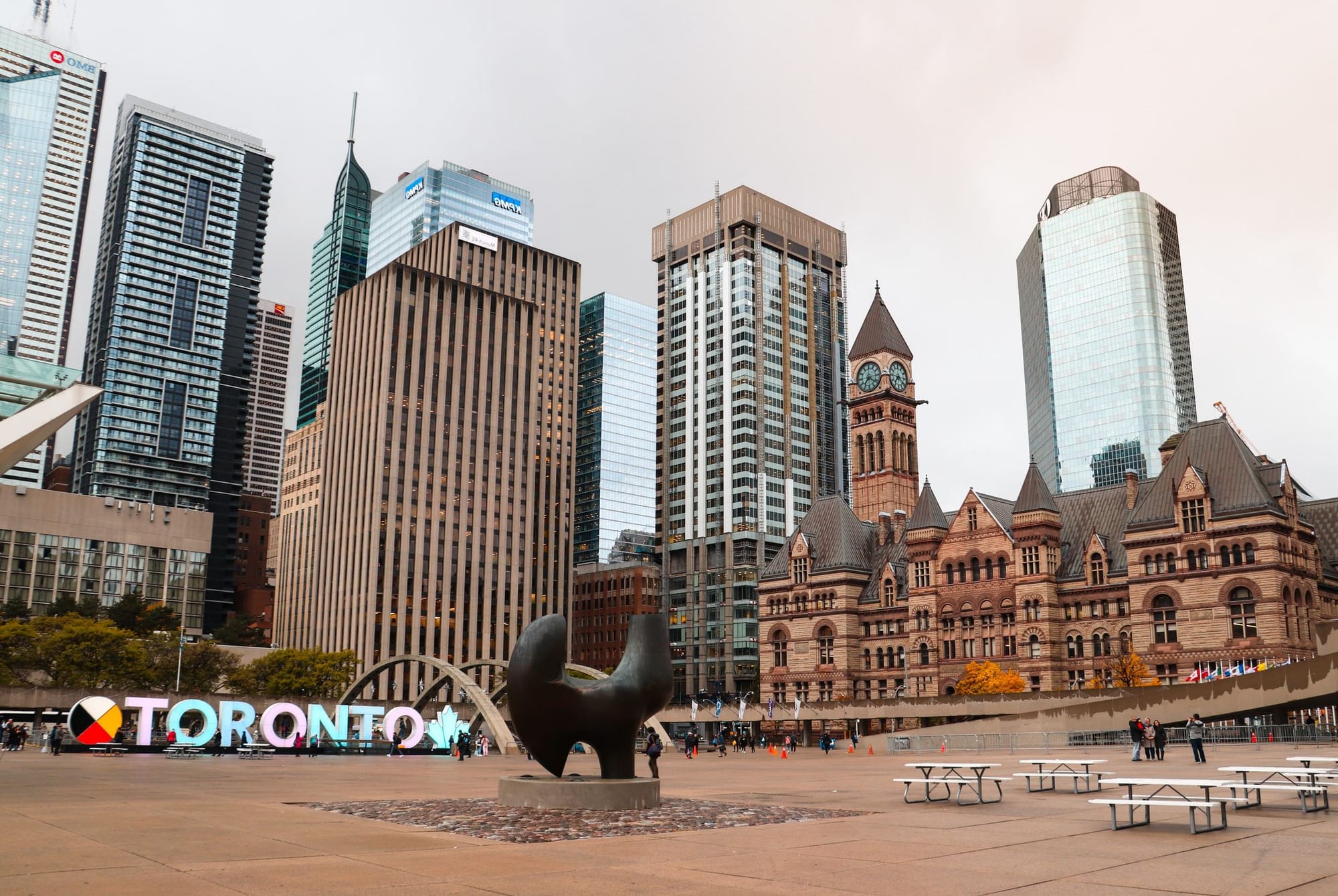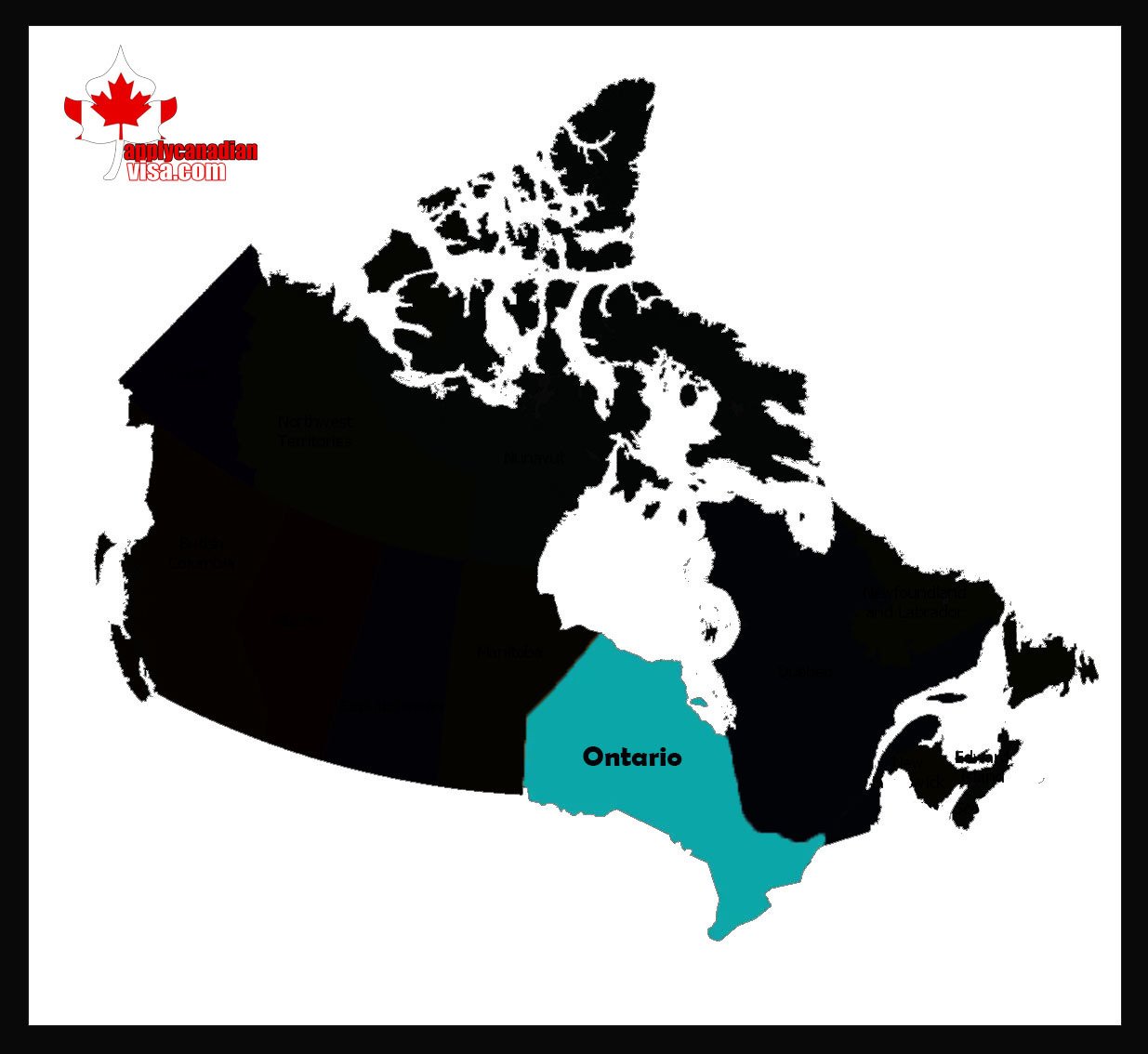Ontario City

Ontario is a beautiful destination to live and visit due to its lively culture and diverse scenery. The enormous, rocky, and mineral-rich Canadian Shield, which divides the productive farmland in the south from the grassy lowlands in the north, is one feature of the diversified terrain: the Canadian Aboriginal Festival, Oktoberfest, and the Caribbean Carnival honor diverse cultures in Ontario.
More than 12,000 years of human habitation may be found in what is now Ontario. Aboriginals who spoke the Algonquian and Iroquoian languages had inhabited the area before European invaders arrived. The precise translation of "Ontario" is uncertain, according to experts. They know that "Ontario" is an Iroquois word for a large body of lovely water, a beautiful lake, or both.
With an area greater than France and Spain, Ontario is Canada's second-largest province, spanning over 1 million square kilometers (415,000 square miles). The province of Ontario is bordered to the east by Quebec, to the west by Manitoba, to the north by Hudson Bay and James Bay, and the south by the St. Lawrence River and the Great Lakes.
Where is Ontario on the Map?
Ontario is located in east-central Canada, the most populous of all the provinces, with around 14 million people calling this area their home. It is also the 2nd largest province in Canada, covering 1.076 million km². In addition, the province of Ontario houses the national capital city (Ottawa) and the nation's most populous city (Toronto).
Here's all you need to know about life in Ontario, Canada. Ontario shares a 2700-kilometer border with the United States to the south (Michigan, Ohio, New York, Minnesota, and Pennsylvania), Manitoba to the west, James Bay and Hudson Bay to the north, and Quebec to the east.
Economy and Industries
In many ways, Ontario is the center of most activity in Canada and has created a hub of economic, social, and political opportunities. The Federal government is the single largest employer of Ontarian.
Ontario has a diverse economy, with the main exports being automobiles, machinery, and electrical parts. Most big car brands, including Chrysler, Ford, and Honda, are manufactured here.
Mining has been an economic factor for over 130 years, supplying the world with more than 30 kinds of metal and minerals. The many rivers in the province have created numerous opportunities in the hydroelectric energy field, with much of the country's electricity originating here.
Southern Ontario provides fertile ground for the effective production of small grains and fruit farming, incredibly close to the beautiful Niagara Peninsula. Industries in Ontario include growing crops, extracting minerals, making cars, creating software, and developing cutting-edge technology.
Find out which In-Demand Occupations & Jobs are available in Ontario and how working in one might influence your application process. Additionally, this video provides an excellent overview of the professions in demand in Ontario and the expected earnings for each one.
Climate/Weather in Ontario
With a continental climate, Ontario has hot, humid summers and frigid winters with significant snowfall. Milder seasons are often spring and fall. The province has far less seasonal temperature variance and more precipitation than expected for such a central area because of the Great Lakes.
In the southern part of the province, cities farther from the lakes have substantially higher temperatures, with potential heat waves reaching over 80°F (27°C). Winters are often significantly colder and more severe in regions north of the Great Lakes due to arctic air currents. There is a temperature range of 36°F (0°C) to 14°F (-10°C).
Cost of living in Ontario
Ontario has a reputation for having high living costs, but salaries and the minimum wage of $14 are some of the highest in the country. Known for cleanliness, safety, and an abundance of quality public services, it is no wonder that more than half of the immigrants in Canada choose Ontario.
Though Ontario has high taxes and living costs, its high salaries ensure that residents enjoy one of the world's highest quality of life rankings.
For a single renter in Ottawa, the average monthly cost of living is $3,195. The price of housing, transportation, groceries, and entertainment are just a few of the numerous variables that go into calculating this average.
Start my Evaluation


